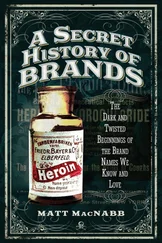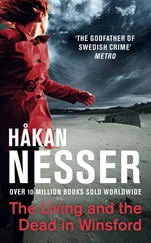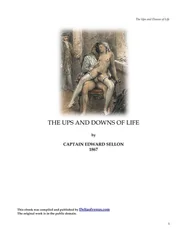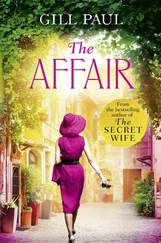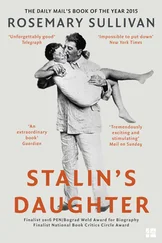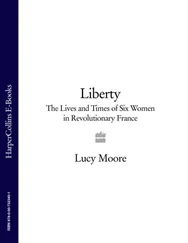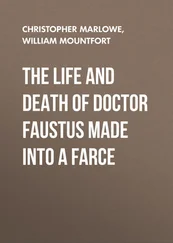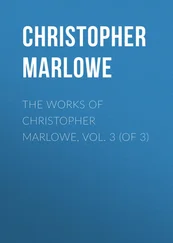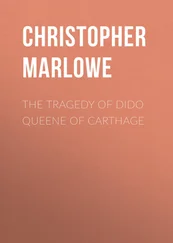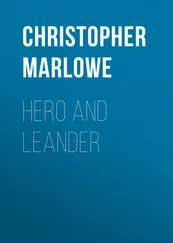John Marlowe (or Marloe, or Marley, or Marlyn, as he was also known in that lackadaisical way Elizabethans had with spelling in general and surnames in particular) was an immigrant to Canterbury. In the mid-1550s, when he was about twenty, he had walked there from Ospringe, near Faversham in Kent. Soon after arriving he took up an apprenticeship with one Gerard Richardson, a shoemaker, and by the end of April 1564 was already a freeman of the city. This would suggest that he was at least part-qualified when he arrived in Canterbury, and that his apprenticeship was something of a ruse as a short cut to citizenship (apprenticeships usually lasted seven years and began at the age of fifteen). Being a freeman was a coveted position that raised a man a notch above his fellow artisans, enabling him to have his own shop (‘hold craft and opyn windowes withoute leve’), take on apprentices and participate in city council meetings. Marlowe married Katherine Arthur, whose family came from Dover, and they settled in the parish of St George.
Leafing through the Canterbury borough plea books, we find John Marlowe to be belligerent and litigious, setting himself terrier-like against everyone from fellow shoemakers to the local gentry. In return, there were various suits launched against him, once for assaulting his apprentice and drawing blood, but mostly for debt. He did not pay his rent, he did not pay his rates, and his business finances were generally in a state of chaos. This lack of business sense was something else his son was to inherit. That and a sharp temper. Life in the little house behind the cobbler’s shop was not calm. At least one other of the Marlowe brood, Christopher’s younger sister Anne, showed the characteristic family quarrelsomeness. Later in life she was publicly criticised for being ‘a scowlde, comon swearer, a blasphemer of the name of god’, and as a fifty-five-year-old widow laid into one William Prowde with ‘staff and dagger’, and the following year with ‘sword and knife’. Nor was the family home in a particularly reposeful part of town. St George’s parish, though close to the cathedral, lay between the cattle market and the butchers’ shambles. This may have been convenient for the leather that was the material of John Marlowe’s trade, but it wasn’t terribly salubrious. Just yards away, animals would bellow and scream as they were herded to slaughter. Barrows of blood and stinking entrails were trundled past the Marlowe front door (cf. ‘Have I lived to be carried in a basket, like a barrow of butcher’s offal?’ Merry Wives III v). The acrid smell of crowded cattle and the earthy pungency of manure hung in the air and clung to clothes. We may imagine that the young Marlowe whiffed. He certainly knew his blood and butchery. The knowledge he shows in his plays of how blood spurts ‘like a fountain’, how it darkens as it coagulates, forms black clots, and follows a withdrawn knife, is impressive; and his haunting recollection of a slaughterhouse quite moving:
And as the butcher takes away the calf
And binds the wretch, and beats it when it strays,
Bearing it to the bloody slaughter-house …
And as the dam runs lowing up and down,
Looking the way her harmless young one went,
And can do naught but wail her darling’s loss …
(2 Henry VI III i 210–16)
He also, incidentally, shows a fine knowledge of leather, no doubt gleaned from his father’s workshop. He knows, for example, that cow’s leather was used for shoes, sheep’s leather for bridles, and how far cheverel will stretch.
As if the screams of cattle and cantankerous sisters were not enough, the sturdy steeple of St George’s housed the great waking bell, which was rung at 4 o’clock every morning and was loud enough to get the whole town out of bed. Just across the way from the church tower was Newingate, the medieval gate that was the highest point in the city wall. Scholars have argued that these two looming structures inspired the ‘Two lofty Turrets that command the Towne’ mentioned in The Jew of Malta .
The town that these turrets commanded was not a large one. A point of pilgrimage ever since the assassination of Thomas à Becket in 1170, Canterbury was also renowned for its cloth market and the quality of its fish, and in the late sixteenth century had a population of somewhere between 3,000 and 4,000. It was, as the Marlowe biographer William Urry points out, a city close to the countryside: ‘Cows grazed within a hundred yards of John Marlowe’s shop and local women went milking every morning. Gleaning went on at harvest-time in Barton Fields, stretching into St George’s parish. Fifteen minutes’ walk would have taken the young Marlowe far out into the meads, the orchards and primrose lanes. His contact with the open countryside was as close as that of the small boy Shakespeare.’ We know that he enjoyed country jaunts. It took just ninety minutes to walk to the stretch of coastline between Sandwich and Deal, a trip he made often with his father, and perhaps also with a playmate Nat Best, the son of a tanner from Wingham (a village just six miles east of Canterbury) with whom John Marlowe had business dealings. Later in life Marlowe was to leave us an extraordinarily evocative recollection of how, as a young boy visiting his maternal grandparents in Dover, he would lie at the very edge of the cliffs, gazing below him or staring out to sea.
. . . How fearful
And dizzy ’tis to cast one’s eyes so low!
The crows and choughs that wing the mid-way air
Show scarce so gross as beetles. Half-way down
Hangs one that gathers samphire – dreadful trade!
Methinks he seems no bigger than his head.
The fishermen that walk upon the beach
Appear like mice; and yond tall anchoring bark
Diminish’d to her cock; her cock, a buoy
Almost too small for sight. The murmuring surge
That on th’ unumb’red pebble chafes
Cannot be heard so high. I’ll look no more;
Lest my brain turn, and the deficient sight
Topple down headlong.
( King Lear IV vi 11–23)
Young Christopher got on well with his irascible father – though rather less so with his mother, who like her daughter Anne was sarcastic, frosty and domineering. As Tony Bordel points out, most of the families in Kit’s plays are single-parent ones, or involve step-parents. Sons and mothers – such as Hamlet and Gertrude, or Coriolanus and Volumnia – have especially volatile relationships.*
Fiery he might have been, but John Marlowe had a sharp wit and amongst his friends a reputation as a raconteur. A court case of 1565 gives us a glimpse of the company he kept. He was called to testify in the defamation hearing of Hunte [or Hurte] alias Chapman v. Applegate . His close friend, the Canterbury tailor Laurence Applegate, who had a shop on the High Street near the Vernicle alehouse on the corner of Iron Bar Lane, had been sowing scandals about Godliffe, the daughter of Goodwife Chapman. On the road to Dover, one summer’s day in 1564, Applegate had boasted to John Marlowe that he had ‘hadd [his] pleasure of godlyve Chappmans Daugher’. Though he made Marlowe promise to keep it secret, the news was soon all round the town, and an outraged Goodwife Chapman in retaliation refused to repay Applegate two shillings she owed him. Applegate was heard to say in mixed company in the Vernicle tavern, and later in the shop to two of John Marlowe’s apprentices (and, it would seem, anywhere else where Marlowe could egg him on to tell the tale, at ‘divers tymes syns and in sondrie places’), that it was quite a bargain ‘for that I occupyed Godliffe hir Daughter fower times w hi ch was for everie tyme vj d [i.e. sixpence – the sums do work out, as the old shilling was worth 12 d , so that two shillings equalled four sixpences]’. As Godliffe was about to get married, an outraged Goodwife Chapman took Applegate to court. The case was inconclusive, but Applegate had to perform public penance.
Читать дальше

